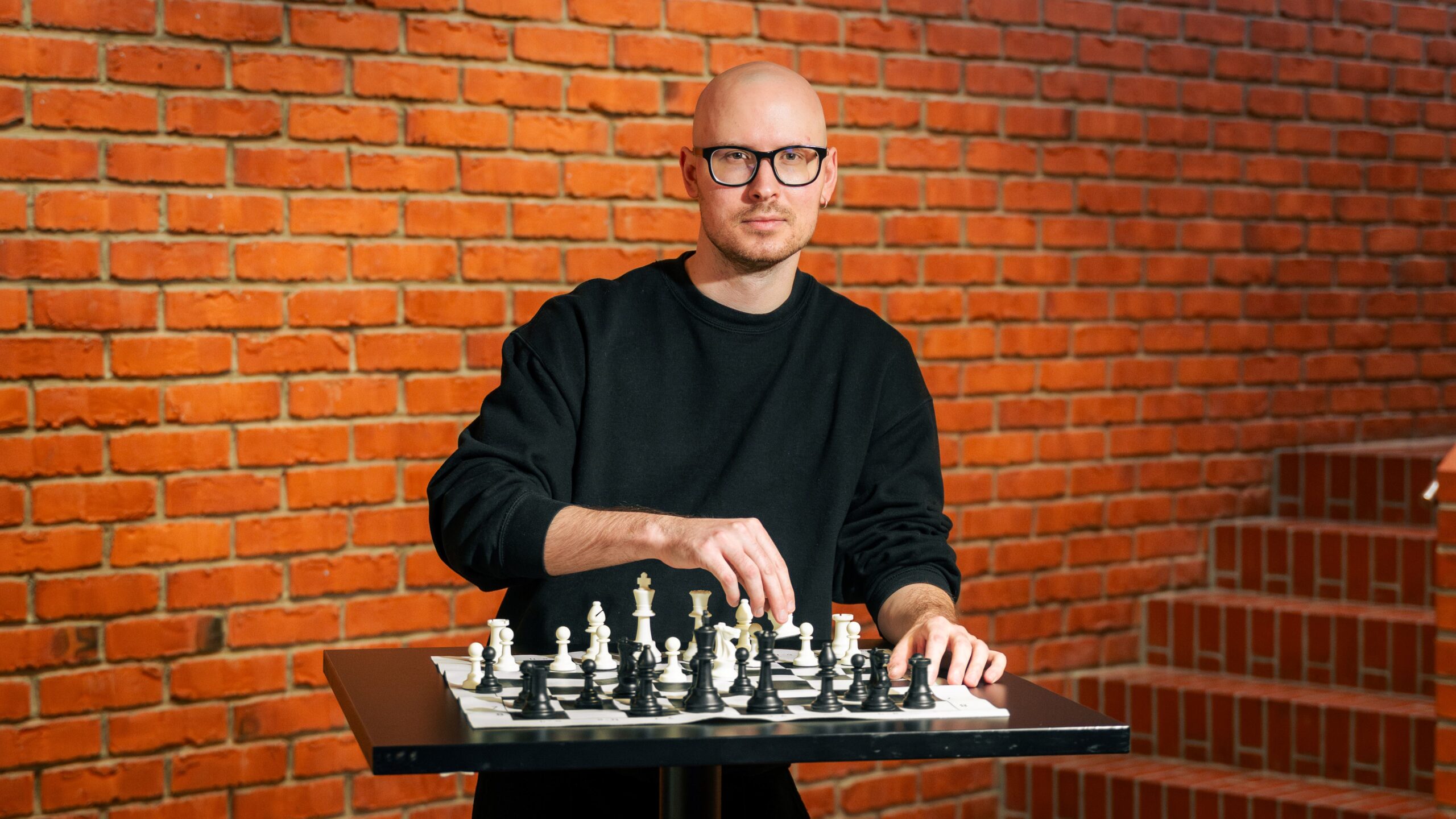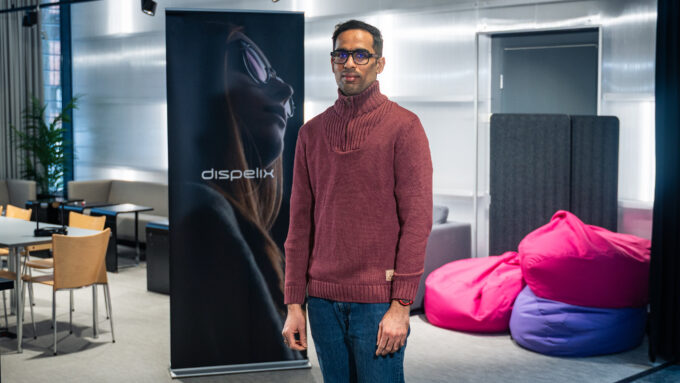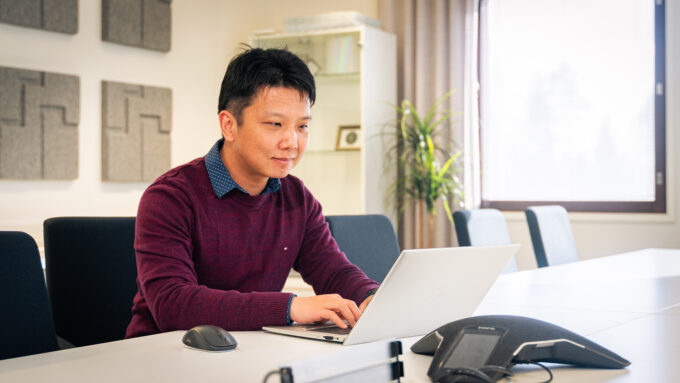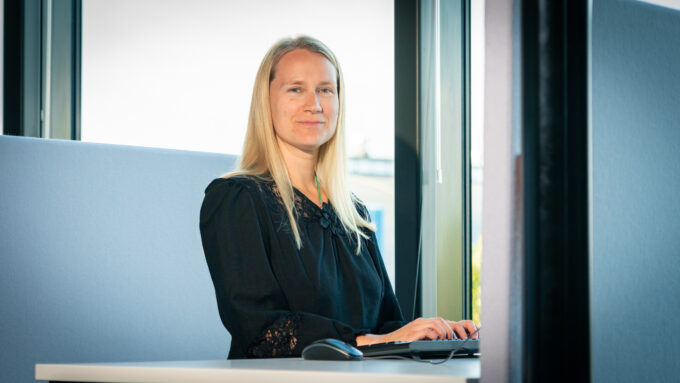A laid-back city and ambitious research work have made Roman Calpe feel right at home in Joensuu.
Originally from Hamina, 28-year-old physics student Roman Calpe is currently working on a photonics-related doctoral dissertation at the University of Eastern Finland. He’s no rookie when it comes to Joensuu—he moved to the city in 2016 to study. And according to Calpe, he’s been enjoying his time there immensely.
“Joensuu is much bigger than my hometown. The atmosphere here is warm, and people are outgoing.”
When you need help, you don’t have to ask for it — it’s offered without hesitation
Daily life is also made easier by how quickly you can get anywhere in the city—you need a car much less than you would in Hamina, for example. Calpe also has praise for the locals.
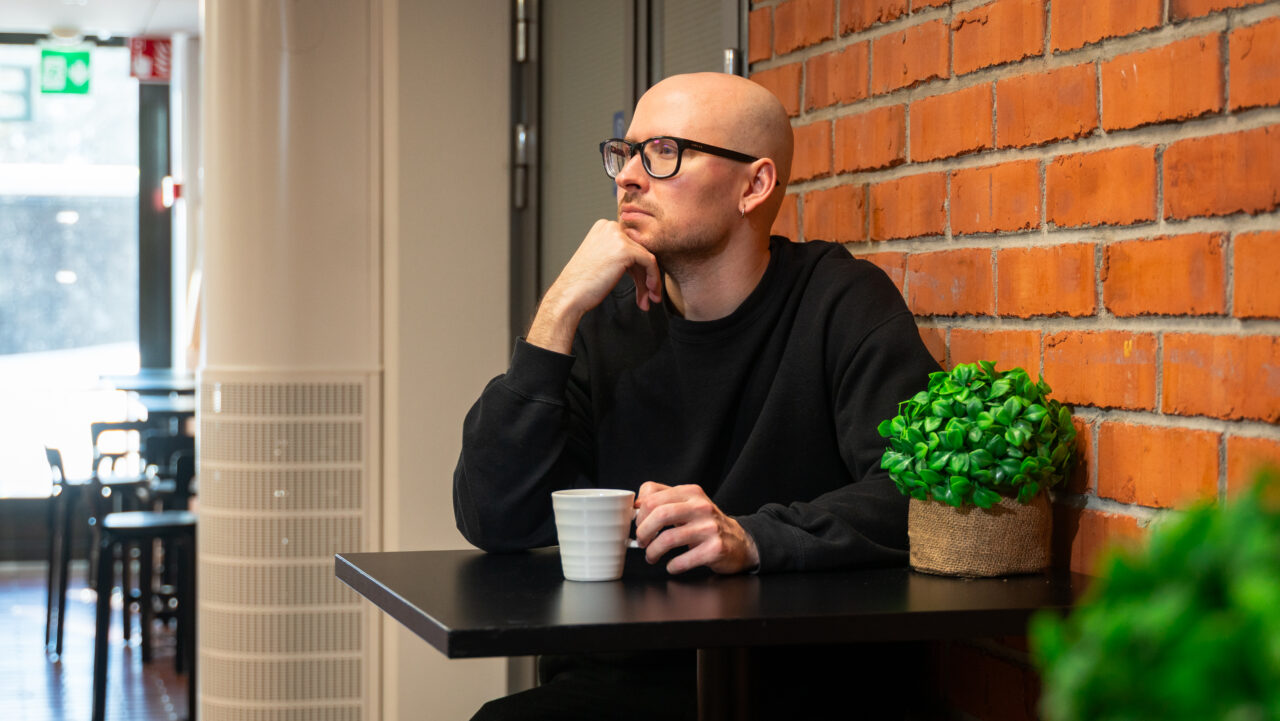
“People in Joensuu are really easygoing. When you need help, you don’t have to ask for it—it’s offered without hesitation. The vibe is relaxed, and the cost of living is relatively low. Joensuu is a good place to live and work.”
The photonics bug bit in high school
Roman Calpe’s interest in photonics began in high school, where his fascination with science and physics led him to take courses related to the subject.
After high school, Calpe moved to Joensuu to pursue his master’s degree. His curiosity grew along the way, and now his title is that of a doctoral researcher.
After high school, Calpe moved to Joensuu to pursue his master’s degree
“A doctoral dissertation can be either theoretical or more practical. The process involves a lot of independent studying and gathering information. One requirement is that you need to publish three articles as part of the dissertation. So, there’s a lot of writing involved.”
But doctoral research isn’t just about burying your nose in books—or screens. There’s also a lot of hands-on work in the lab.
“In the lab, we study things like how light interacts with certain materials and how light behaves in different systems.”
Strong foundations for international collaboration
One of the best aspects of doing a PhD at UEF, according to Calpe, is the long-standing tradition of photonics research there, as well as the university’s global recognition among students and researchers in the field. These factors provide excellent opportunities for international collaboration.
Challenges are unavoidable in such demanding research work. Sometimes, results don’t match the original theory.
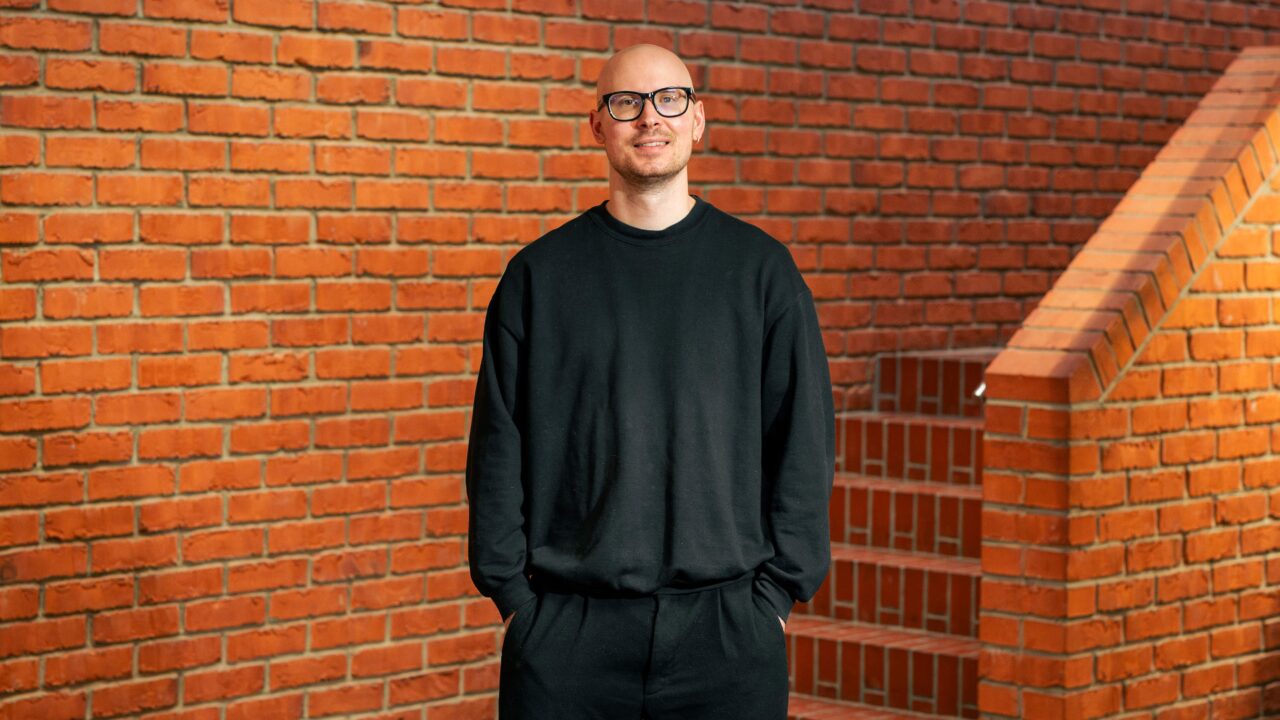
“This happens, for example, in experimental research. It can also mean that the research takes longer than planned. Then you start digging into possible explanations—was there something wrong with the theory, or were the measurements somehow flawed?” Calpe explains.
He’s grateful for the support he’s received during his research journey.
“The supervisors help a lot. When you start going over things with them, pieces begin to fall into place.”
Chess for balance
After a day of research, Roman Calpe unwinds with his favorite hobby: chess. He’s an active member of the Joensuu Chess Club. Founded in 1945, the club is one of the largest and most successful in the country.
Calpe says he got hooked on chess through YouTube.
Over the years in Joensuu, he’s formed several friendships — many of which have lasted to this day
“I started watching chess videos, and then thought—this could be the kind of game I’d like to try myself. I had learned the rules when I was younger, which made it easier to start. At first, I played online, but over time I realized it would be more fun to play face to face.”
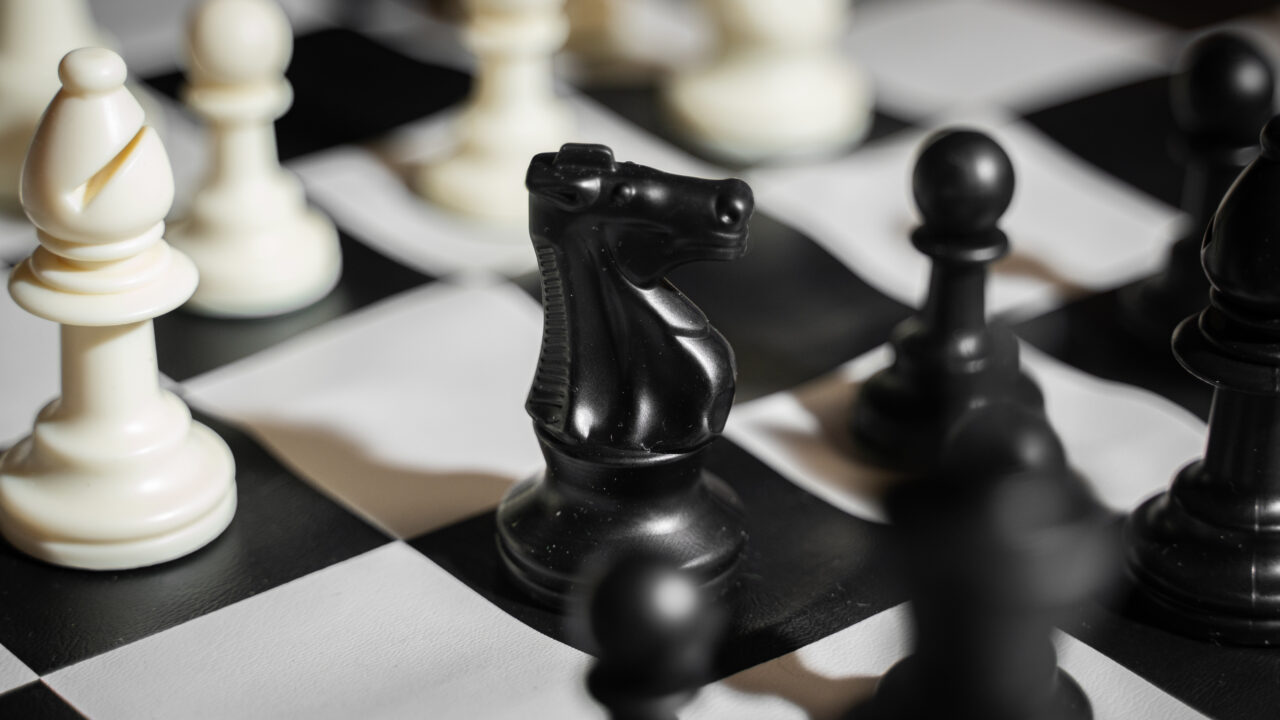
Calpe usually plays with the same regular group once a week, though new faces are always welcome.
“Even total beginners can come learn the rules and get into the deeper aspects of the game. For more experienced players, the club organizes tournaments.”
Calpe says that over the years in Joensuu, he’s formed several friendships—many of which have lasted to this day. That means a lot to him.
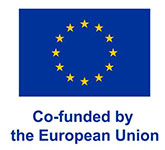
![]()
![]()
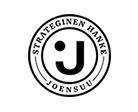
This material was produced as part of the activities of the City of Joensuu Innovation Ecosystem Agreement (ERDF), co-funded by the European Union and the city of Joensuu.
Artificial intelligence has been used in the translation of the article.

